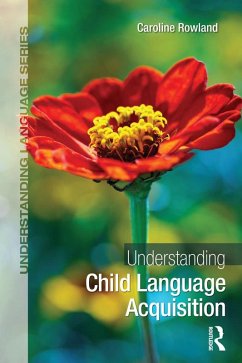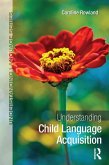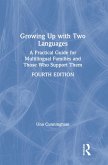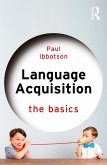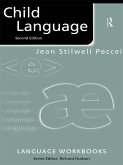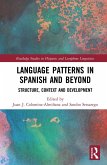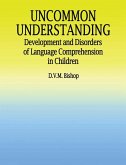Key features include:
- Cross-linguistic analysis of how language acquisition differs between languages
- A chapter on how multilingual children acquire several languages at once
- Exercises to test comprehension
- Chapters organised around key questions that summarise the critical issues posed by researchers in the field, with summaries at the end
- Further reading suggestions to broaden understanding of the subject
With its particular focus on outlining key similarities and differences across languages and what this cross-linguistic variation means for our ideas about language acquisition, Understanding Child Language Acquisition forms a comprehensive introduction to the subject for students of linguistics, psychology and speech and language therapy.
Students and instructors will benefit from the comprehensive companion website that includes a students' section featuring interactive comprehension exercises, extension activities, chapter recaps and answers to the exercises within the book. Material for instructors includes sample essay questions, answers to the extension activities for students and a Powerpoint including all the figures from the book.
www.routledge.com/cw/rowland
Dieser Download kann aus rechtlichen Gründen nur mit Rechnungsadresse in A, B, BG, CY, CZ, D, DK, EW, E, FIN, F, GR, HR, H, IRL, I, LT, L, LR, M, NL, PL, P, R, S, SLO, SK ausgeliefert werden.
Elena Lieven, University of Manchester, UK
"Rowland's book has a unique take on children's language development. She takes the reader on a scientific journey on what makes language and language learning special. Students will profit from the many examples, summaries, and suggestions for further readings."
Heike Behrens, Editor, Journal of Child Language
"Rowland has written an engaging and thoughtful introduction to debates and data across the breadth of language acquisition."
Virginia Valian, Hunter College, CUNY, USA

